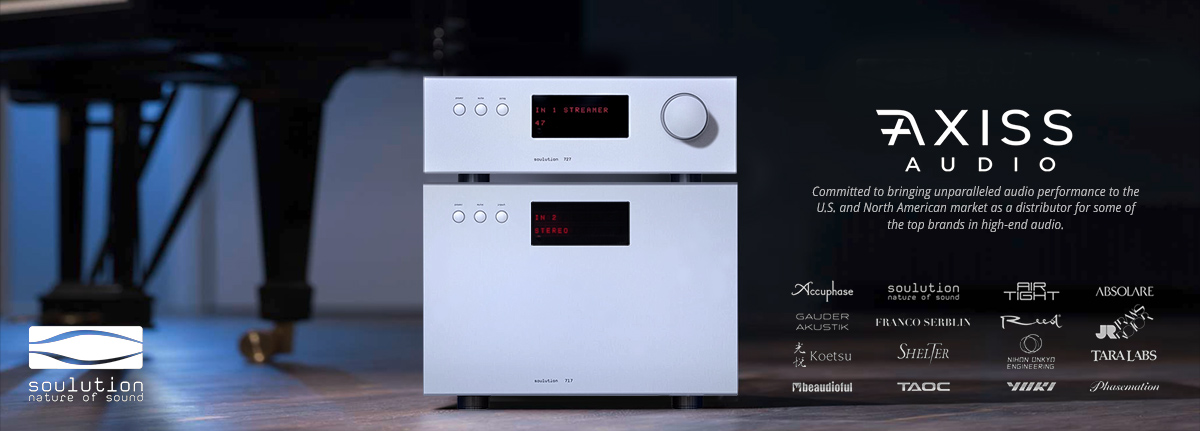SETs do not employ feedback and so have a fairly high output impedance. So the usual rules of how to drive a speaker simply are not in play. With most speakers made today, the speaker is supposed to be 'voltage driven', which is to say that the amp driving it is capable of acting as a 'voltage source'. A Voltage Source is an amp that can make constant voltage regardless of the load impedance; this is an amp that doubles power as impedance is halved or cuts power in half as impedance is doubled. The former is a solid state amp, the latter is either a solid state amp or a tube amp with sufficient feedback to allow it to act as a voltage source.
A tube amp that does not use feedback tends to act more like a power source in that it will attempt to make constant power rather than constant voltage. No amp is a true power source; they all exhibit a power curve. To work with this kind of amp the speaker has to be designed about the Power Paradigm rules rather than Voltage Paradigm rules. You can't mix the two types of amps and speakers- if you do a tonal anomaly will arise. As a generaly rule of thumb the impedance of the speaker does not have to be flat, but the impedance does have to be high enough that the amp can make power on the flattest part of its power curve.
The Power Paradigm is what was around before MacIntosh and ElectroVoice pushed for the voltage rules back in the 1950s. You can recognize a Power Paradigm speaker because it will often have some sort of controls or switches for its various drivers because the voltage response of the amp is an unknown. These controls are meant to allow the speaker to be adjusted to get flat response- they are not there to adjust to the room! If the designer ommitted these controls it will be harder to get flat response.
For more on this topic see
http://www.atma-sphere.com/en/resources-paradigms-in-amplifier-design.html
In the case of SETs, to get the most out of the amp, the speaker must be efficient enough so that the amp never makes more than about 20-25% of full power. Otherwise distortion will cause the amp to sound 'dynamic', which is happening because the distortion is showing up on transients and the ear is interpreting the distortion as loudness. So when looking at speaker options you need to divide the amp power by 5 and then see what speaker will work with that sort of power. This usually means horns for all but the most powerful SETs. The more powerful SETs tend to have limited bandwidth (usually bass is compromised to get high frequency response) since output transformers get very difficult to build that will do more than 7-10 watts. This is due to saturation issues in the core of the transformer. You can do a parafeed design to get around this problem but now you have a coupling capacitor in series with the primary of the transformer and that introduces colorations of its own. For this reason, the lower powered SETs are the best sounding. The type 45 and their brethren that make less than a watt at full power are the best simply because they have more bandwidth.
A powered subwoofer system is really helpful for getting around this problem!

















